Vaccines as Sponsors of Health
especiales
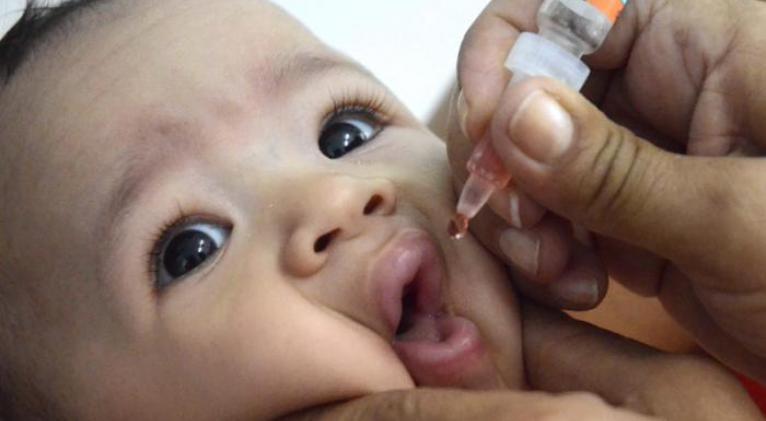
For more than six decades, Cuba has managed to keep a vaccination schedule with coverage exceeding 95% for all vaccines. This places it among the nations with the best indicators in the control of preventable diseases.
This is illustrated by the 17 single or combined injectables—ten of them domestically produced—which prevent 14 diseases and four severe forms. Another six are administered to at-risk groups.
And one of the most recent examples of this life-saving tradition took place during the last few days of April and the beginning of May, when the 23rd Vaccination Week in the Americas and the 14th World Immunization Week 2025 took place.
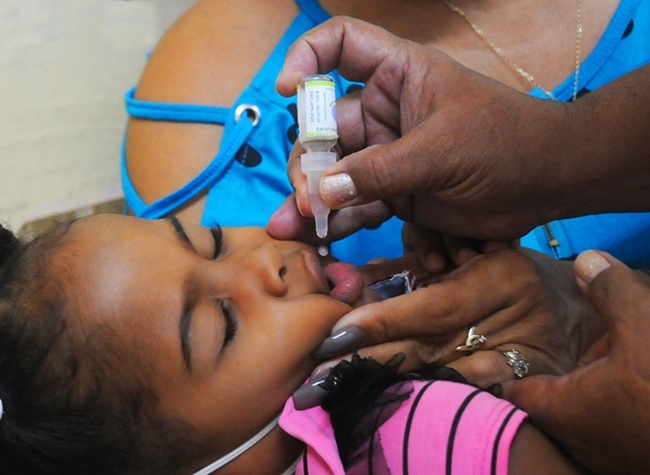
These actions, supported by the Pan American and World Health Organizations, seek to promote the elimination of more than 30 infectious diseases and related illnesses by 2030. Of these, 11 can be prevented through prophylaxis.
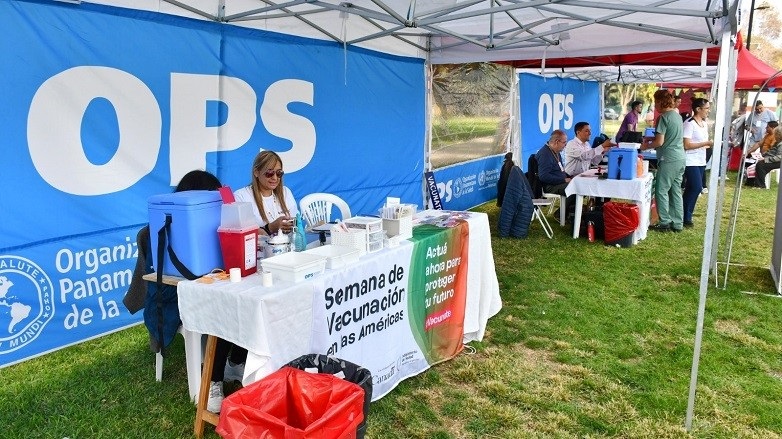
In keeping with this practice, and coinciding with international events, the island carried out its 64th National Bivalent Oral Polio Vaccination Campaign.
During the week of April 21-26, children over one month old and under three years old received the first dose of this immunogen. A second phase is planned for June 16-21.
Continuing this healthcare work has allowed the Cuban health system to keep the child population polio-free since 1962.
In just four months, they managed to eliminate the virus and reduce deaths from this "serious and potentially debilitating disease" to zero.
However, in the previous period, the incidence rate was around 4.9 per 100,000 inhabitants, a situation that changed after the triumph of the Revolution when medicine was given a preventive and social focus.
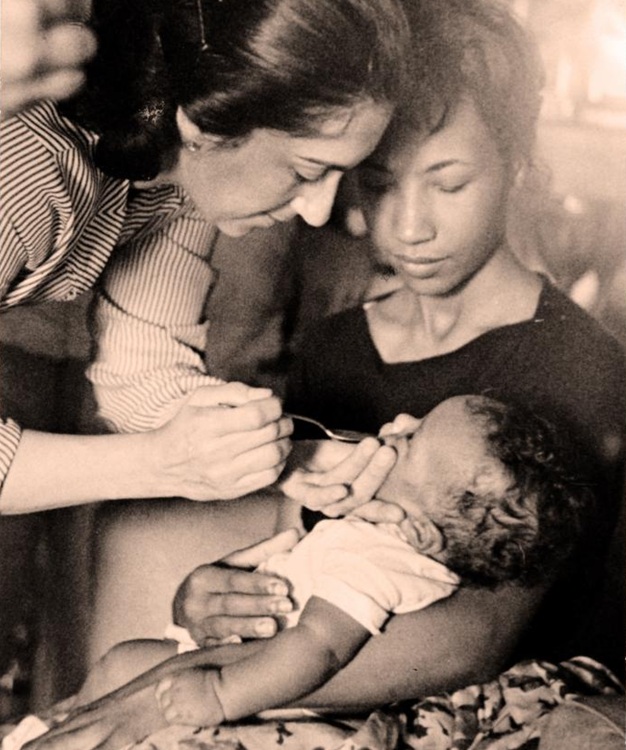
In fact, the first national campaign against polio was organized under this concept. All children from birth to 14 years of age benefited from it.
A History of Prevention and Protection
Cuba has a long history of protecting its population from a variety of diseases through universal and free access to vaccines.
With an emphasis on children, this strategy emerged in 1962 with the National Immunization Program. At that time, high incidence and death rates were recorded due to preventable diseases.
Describing the epidemiological landscape of that period, Dr. C. Lena López Ambrón, National Head of the Immunization Program at the Ministry of Public Health (MINSAP), explains that under the same precept of prophylaxis, actions were taken to eliminate diphtheria-pertussis-tetanus.
The incorporation of preparations to counteract these diseases made it possible to radically modify the morbidity and mortality resulting from them.
"Meanwhile, the impact on neonatal tetanus was reflected in the same year that vaccination began (1972), ceasing to be a health problem due to its low incidence and mortality rates."
A little later, the MMR vaccine (mumps, rubella, and measles) was included in the vaccination schedule. This significantly reduced its incidence rates within a period of 9-11 years, the expert emphasizes.
Not surprisingly, the common practice of immunoprevention, sustained by the Cuban state for so many decades, prevails as one of the measures with the best cost-benefit balance.
Other Controlled Diseases
After Cuba eliminated serotype A of Neisseria meningitidis (meningococcus) in 1980, a nationally produced vaccine against serotypes B and C was obtained and patented at the end of that decade.
According to Dr. López Ambrón, through a massive campaign, the population from three months to 24 years of age received immunizing doses; and by 1991, the program was incorporated into the National Immunization Program.
"With this strategy, the epidemic was brought under control, incidence rates fell below 1.0 per 100,000 (1993), and from 2008 to the present, they reached 0.1 per 100,000 inhabitants."
As part of the immunization schedule, the anti-collision vaccine began to be administered in 2016. Inactivated poliovirus (IPV), and the bivalent oral poliovirus OPV b (1 and 3) continues to be administered during the campaign.
“Vaccines intended to combat influenza are given to children under two years of age, people over 65, and selected risk groups annually. Those that prevent leptospirosis and yellow fever are only intended for those at risk,” emphasizes the Master in Infectious Diseases.
For the good of humanity, vaccination constitutes the containment support bequeathed by science as a safeguard against the onslaught of multiple diseases. They prevent and protect, guaranteeing health.
Translated by Amilkal Labañino / CubaSi Translation Staff







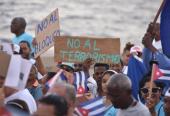
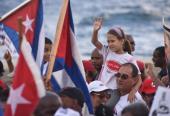





Add new comment